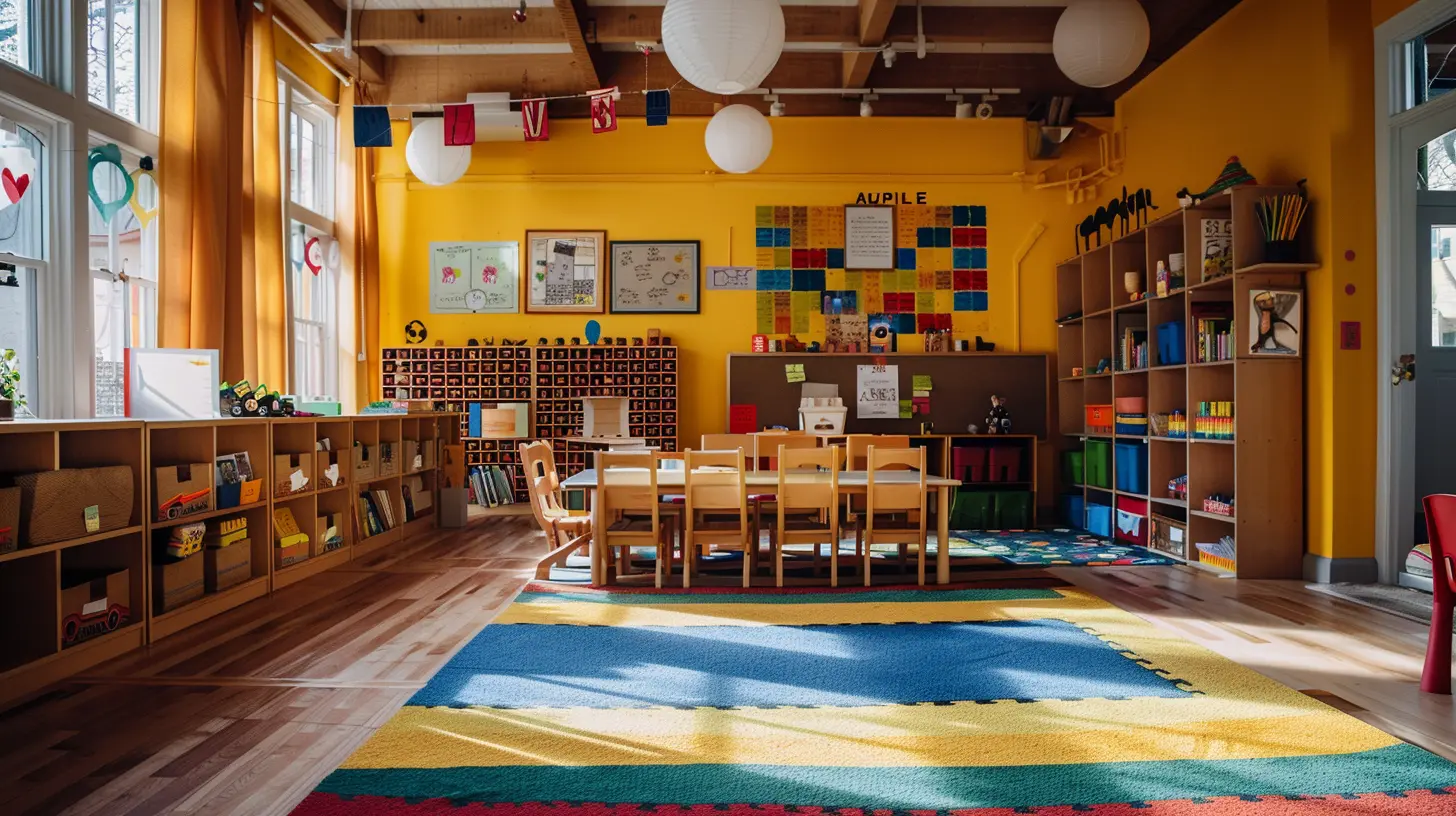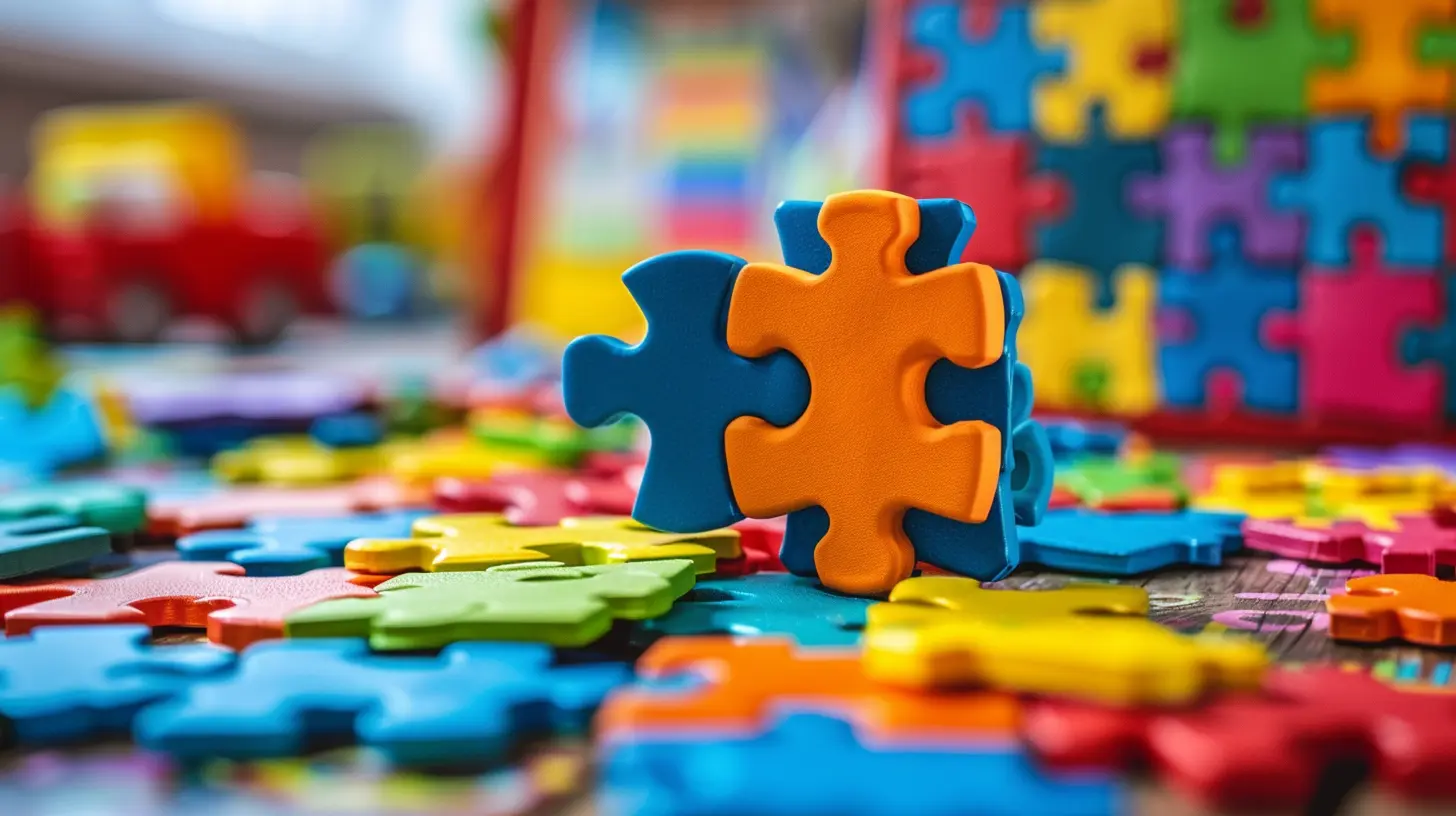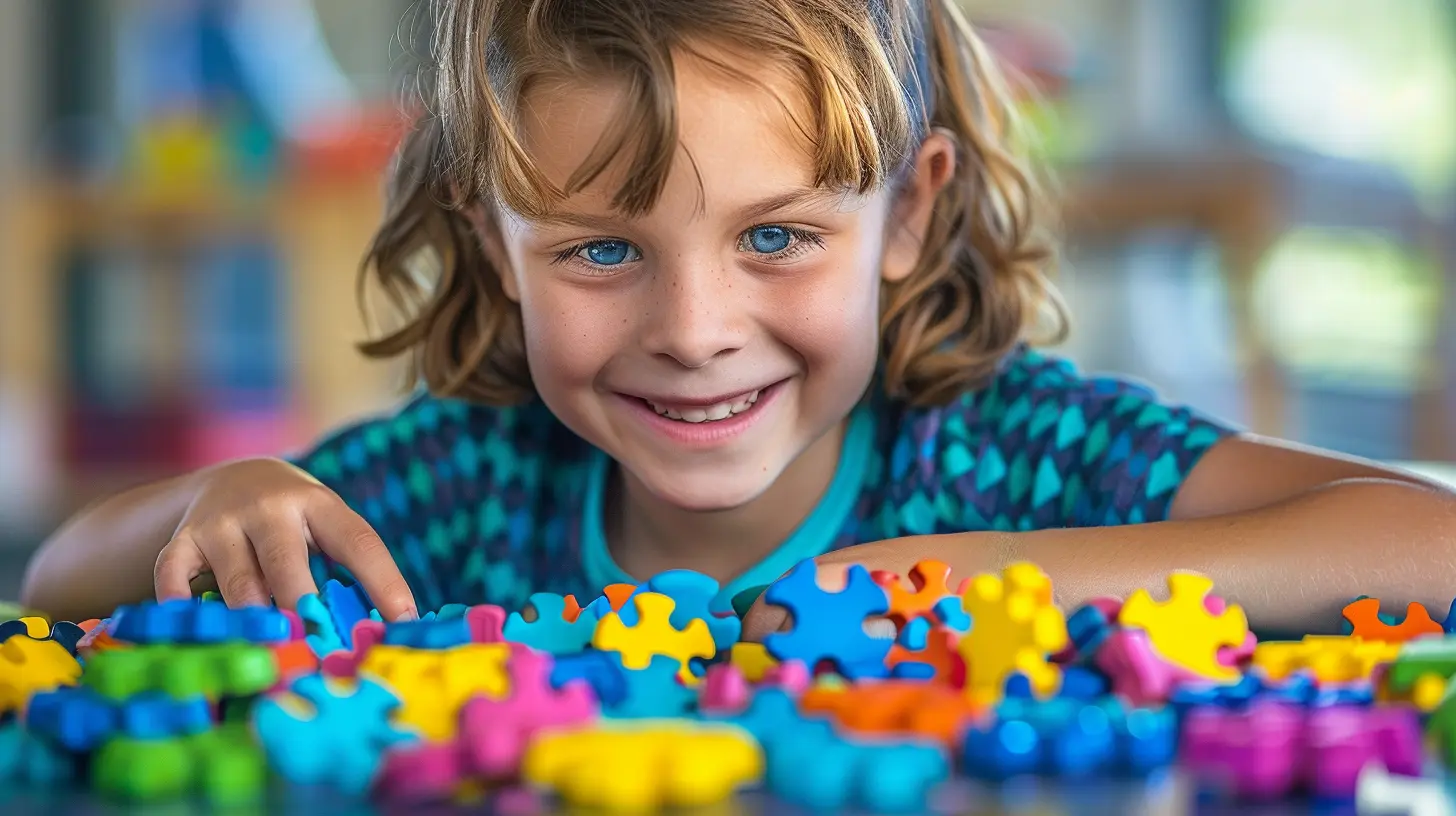How to Create an Autism-Friendly Learning Environment
14 June 2025
Creating an autism-friendly learning environment is key to helping children with autism thrive academically and emotionally. Every child is unique, but those on the autism spectrum often benefit from structured routines, sensory-friendly spaces, and supportive teaching strategies.
So, how do you design a classroom or home learning area that caters to their needs? Let’s break it down step by step.

1. Understanding Autism in Learning Environments
Before setting up an autism-friendly space, it’s essential to understand how autism affects learning. Many children on the spectrum experience:- Sensory sensitivities (to light, sound, textures, or smells)
- Difficulty with social interactions
- Challenges with transitions and unexpected changes
- A strong need for structure and routine
Keeping these in mind will guide how you create an environment where they feel safe, engaged, and ready to learn.

2. Establish a Predictable Routine
Structure is everything. Many autistic children find comfort in knowing what to expect. Here’s how you can create a predictable routine:- Use visual schedules – Charts, pictures, and timers help children know what’s coming next.
- Keep a consistent daily routine – Sudden changes can be overwhelming, so stick to a fixed schedule as much as possible.
- Offer transition warnings – Give a heads-up before moving to a new activity. For example, “In five minutes, we’ll switch to reading time.”

3. Design a Sensory-Friendly Space
Sensory overload is a common challenge, but a well-thought-out environment can help reduce stress and distractions.Lighting and Sound
- Use soft, natural lighting instead of harsh fluorescent bulbs that can cause discomfort.- Noise-canceling headphones or quiet corners can help when a child becomes overwhelmed by sounds.
- Soft background music or white noise machines may create a calming atmosphere for some children.
Textures and Seating
- Provide various seating options like bean bags, wobble chairs, or floor cushions to accommodate different sensory needs.- Weighted blankets or lap pads can offer comfort and help with focus.
Minimizing Visual Clutter
- Keep decorations minimal and organized to avoid sensory overload.- Use neutral colors instead of bright, distracting designs.

4. Create a Safe Space for Self-Regulation
Everyone needs a break sometimes, and this is especially true for children with autism. Set up a "calm corner" or a designated quiet area where they can retreat if they feel overwhelmed.What to Include in a Calm Space?
- Soft pillows or a cozy chair- Noise-reducing headphones
- Fidget toys or stress balls
- A visual timer to help with self-regulating their time away
5. Use Clear and Simple Communication
Many autistic children struggle with verbal communication or processing complex instructions. Here’s how to make communication easier:- Use short sentences and clear language – Instead of “I think it would be a good idea to start working now,” say, “Time to work.”
- Visual aids are your friend – Use pictures, gestures, or written instructions to support verbal communication.
- Give extra processing time – Some children need a few seconds to understand instructions before responding. Be patient.
6. Incorporate Special Interests into Learning
Autistic children often hyperfocus on specific topics they love, whether it's dinosaurs, space, or trains. Why not use this to your advantage?- If they love animals, use animal-themed math problems.
- If they’re fascinated by space, incorporate it into reading material.
- If they enjoy music, use songs to teach new concepts.
Tapping into their interests keeps engagement levels high and makes learning more enjoyable.
7. Support Social Interaction in a Comfortable Way
Social situations can be tricky for children on the spectrum. Instead of forcing group activities, try:- Structured social interactions – Games with clear rules help autistic children feel more comfortable.
- Small group settings – One-on-one or small groups can reduce anxiety.
- Social stories – These are short, illustrated scenarios that teach social norms in a simple and relatable way.
8. Offer Flexible Learning Options
Every child learns differently, and flexibility is key. Consider:- Alternative ways to complete assignments – Some children may prefer drawing, typing, or speaking instead of writing.
- Movement breaks – Short breaks for stretching or walking can improve focus.
- Self-paced learning – Allowing children to take their time can ease frustration and enhance understanding.
9. Reinforce Positive Behavior with Encouragement
Rather than focusing on what not to do, reinforce positive behaviors with encouragement and rewards.- Use a reward system with stickers, points, or privileges.
- Celebrate small achievements with verbal praise: “Wow, you worked so hard on that!”
- Create a motivation chart to track progress and accomplishments.
10. Work Closely with Parents and Specialists
Collaboration is essential. Teachers, therapists, and parents should work together to create a supportive environment both in school and at home.- Keep open communication with parents about what works best for their child.
- Consult occupational therapists or special educators for additional strategies.
- Encourage a consistent approach between home and school to ensure stability.
Final Thoughts
Creating an autism-friendly learning environment is all about patience, understanding, and thoughtful planning. With structure, sensory-friendly adjustments, and a supportive approach, autistic children can feel safe, engaged, and ready to succeed.By making these small but significant changes, we allow every child to reach their full potential, one step at a time.
all images in this post were generated using AI tools
Category:
AutismAuthor:

Paulina Sanders
Discussion
rate this article
3 comments
Indie Wells
Creating an autism-friendly learning environment is a wonderful endeavor! With a sprinkle of understanding, a dash of creativity, and a whole lot of kindness, you can foster a space where everyone thrives. Let’s make learning a joyful adventure for all! 🌟
June 21, 2025 at 3:39 PM

Paulina Sanders
Thank you for your thoughtful comment! I completely agree—kindness and creativity are key to cultivating an inclusive learning space. Let's continue to inspire joy in education for everyone! 🌈
Fable Scott
This article provides practical strategies for educators to foster autism-friendly classrooms. By incorporating sensory-friendly spaces, clear communication methods, and individualized support, we can create inclusive environments that enhance learning and promote student well-being. Great insights!
June 14, 2025 at 4:40 PM

Paulina Sanders
Thank you for your positive feedback! I'm glad you found the strategies helpful for creating inclusive learning environments.
Tyler McVeigh
This article is a fantastic resource! I'm intrigued by the practical tips for fostering an autism-friendly learning space. I wonder how incorporating sensory elements and flexible routines can enhance not just learning, but also emotional well-being for all students.
June 14, 2025 at 3:58 AM

Paulina Sanders
Thank you for your kind words! Incorporating sensory elements and flexible routines can indeed benefit all students by promoting comfort, reducing anxiety, and enhancing focus, ultimately creating a more inclusive and supportive learning environment.



